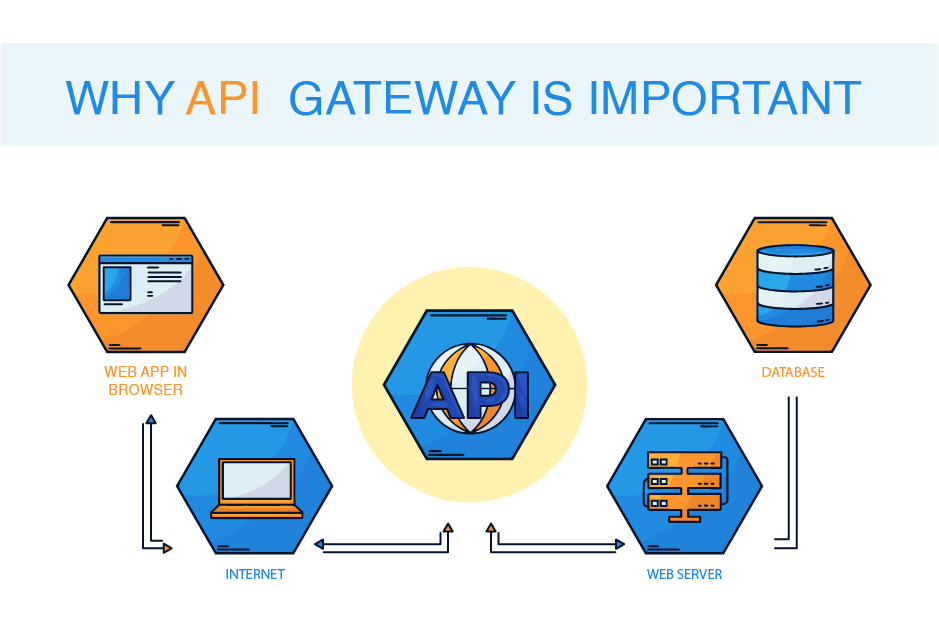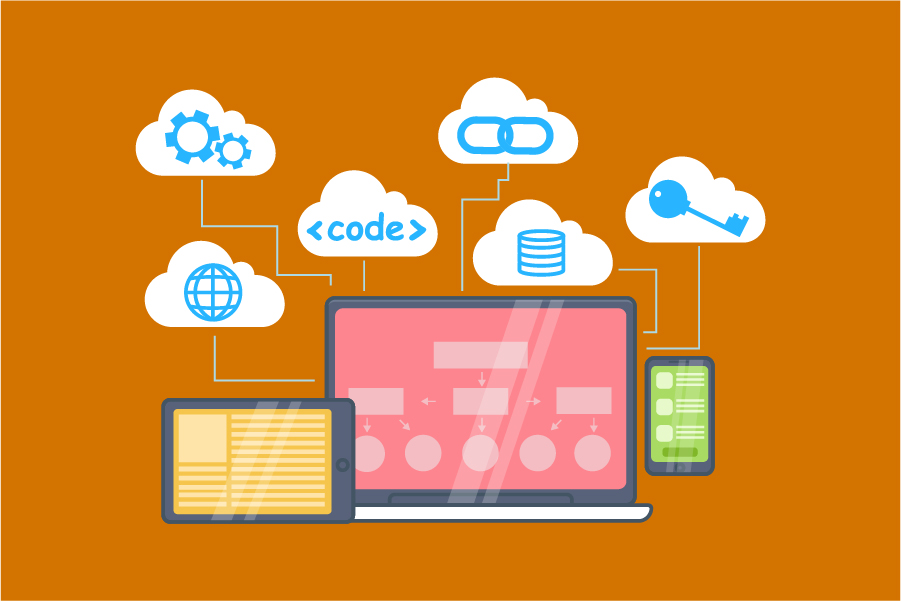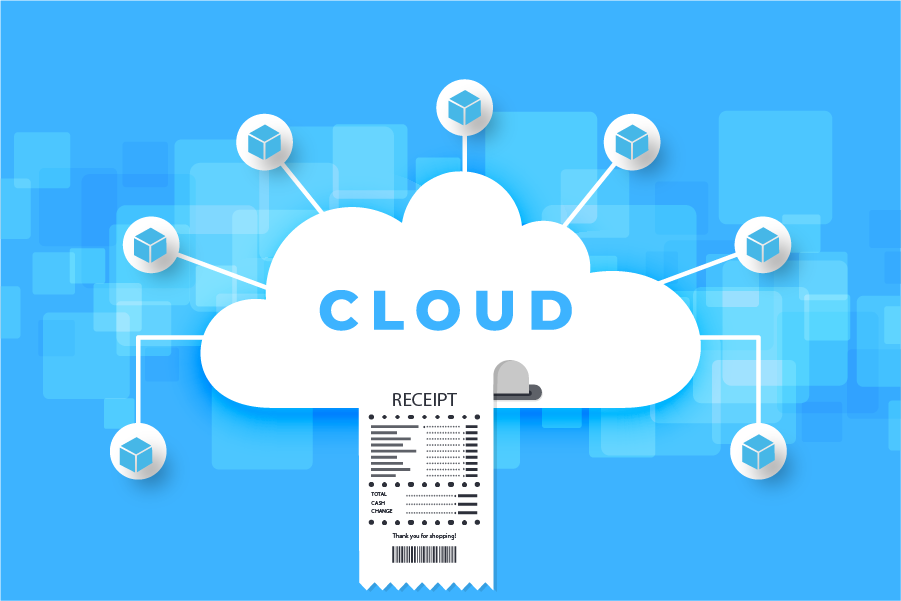There’s no one-size-fits-all answer when it comes to cloud migration. Every organization has different needs and services that are appropriate for their business.
Each cloud service provider offers a set of services that can be used together or standalone depending on your needs. We work with enterprises of all sizes on their cloud strategy. Typically, they come to us when they need assistance formulating a plan and executing an approach that makes sense for them as an organization.
However, there are several commonalities among our clients in terms of where they’re at in their adoption of the cloud, what services they’re using, and how they get there from here. There are many moving parts that go into developing a comprehensive Cloud Migration Strategy; however, we can boil it down to five key considerations:
1. Assessing Current Infrastructure Capability
The first step in developing a cloud migration strategy is to assess your current infrastructure capability in order to determine if your current environments are ready for cloud migration.
If you’ve been running as a hybrid environment and you want to migrate to a fully cloud-based environment, you’ll want to make sure your current capabilities are ready for that. This can range from capacity planning to server capabilities and even patching cadences for your infrastructure.
2. Migration Architecture
Building a solid migration architecture is one of the initial steps toward moving to the cloud. To clearly define cloud requirements, organize resources, and develop strategies for cloud data transfer, a systematic migration architecture is required.
The migration architect has full responsibility for making crucial decisions that will ensure a successful cloud migration process since cloud migration strategy requires meticulous technical planning and organized design.
3. Assessing Cloud Service Providers
After you’ve assessed your current infrastructure capability, the next thing you’ll want to do is determine which cloud service providers are right for your organization.
There are a variety of things to look at here, including existing partnerships and integrations with your current vendors as well as prospective cloud service provider capabilities and offerings.
4. Organizational Change and User Adoption Strategies
Organizational change is a big part of cloud adoption for a lot of organizations. However, it’s important to think about that change and how it’s going to happen.
You want to be sure you have a plan and a strategy to communicate why you’re migrating, what’s going to change, and what the benefits are. Organizations also need to think about user adoption.
This is the process of getting users on board and ready to use the new systems and services. In the cloud, it’s important to have a strategy in place for user adoption. This includes things like communication, adoption training, and adoption incentives to make sure your organization is ready for the change and can take advantage of new cloud-based services.
5. Network Architecture Strategies
As you migrate to the cloud and begin using different services, your network architecture will almost certainly change.
Depending on what cloud services you’re using, you may need to re-architect your network to support those services. This could include things like re-routing network traffic, changing your IP addressing scheme, or upgrading your network architecture entirely.
6. Security Strategies
One of the biggest challenges organizations face when migrating to the cloud is security. How do you know if a cloud provider is adequately securing your data?
This is something that is often a big concern for organizations. Every company seeks to ensure the safety and protection of its confidential information stored in devices. Organizations must thoroughly scrutinize the security policies and regulations of the cloud provider before deploying the applications on their platform. According to survey reports, more than 60% of the companies are concerned about the security measures followed by the cloud providers.
You want to make sure you’re selecting a cloud provider that can support your security requirements. You should be assessing providers based on security evaluations, certifications, and third-party audits. You should also be making sure you’re selecting a cloud provider that can support the type of applications and workloads you have. You may need to make adjustments to the way you’re running certain applications in order to get them to work in the cloud.
Wrapping up
As you can see, there are many things to consider when developing a cloud migration strategy. Depending on where your organization is right now, you may want to start with just one or two of these considerations.
No matter where you start, it’s important to remember that developing a cloud migration strategy is a process. It’s not something that happens overnight. It’s important to make sure you’re thinking about the big-picture strategy as well as the nitty-gritty details of each piece of the puzzle. This will help you avoid any headaches down the road.
















